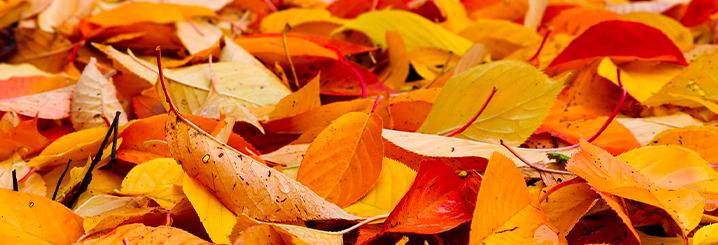Brushcutter: single or double handgrip?

From routine maintenance to trimming the lawn and even clearing the most stubborn vegetation, such as small trees, shrubs, bushes, brambles, brushwood or reeds. A brushcutter is not only an alternative to a lawnmower when tackling parts of the garden or countryside that are difficult to access due to being too narrow or steep. It is also the ideal tool for performing the most demanding jobs on overgrown areas, among undergrowth or along ditches without the need for other equipment, such as a pruner or chainsaw.
These machines are usually classified based on their power supply (electric brushcutter, battery-powered brushcutter or petrol engine brushcutter) or type of use (hobby, professional or multifunction), but you should also consider the type of handgrip. A brushcutter can have a single or double grip. Choosing one or the other is not just a matter of preference or habit — there’s more to consider. So, which handgrip is best for a brushcutter? Let's take a closer look.
Brushcutter handgrip: why it’s worth considering
A single or double handgrip helps both to balance the weight of the brushcutter, usually supported by a harness, and ensure a smooth semi-circular motion from right to left and back as you cut. This applies to conventional brushcutters—with rigid shaft—whereas with backpack brushcutters, your shoulders take most of the machine's weight and the handgrip is only for pointing the flexible shaft in the right direction.
The handgrip type is one of the criteria to consider when deciding which brushcutter to buy. This is because it is a key factor in the ergonomics—and therefore safety, usability and comfort—of a brushcutter, especially in relation to its weight and the vibrations that it inevitably generates once switched on. Handgrips also help to dampen vibrations.
Single-handgrip brushcutter
A single handgrip (or loop handle) is the most widespread type of brushcutter grip. You find them on powerful professional brushcutters such as the Oleo-Mac BC 530 S, and on models for gardening enthusiasts and routine tasks in the home garden and countryside, such as the BC 241 S lightweight brushcutter and SPARTA 441 S medium power brushcutter. As a general rule, single-handgrip brushcutters are easier to handle.
How to use a single-handgrip brushcutter? Hold the brushcutter to your right, then squeeze the shaft-mounted handgrip with integrated controls (basically consisting of start/stop switch, throttle and throttle lock) with your right hand, while gripping the loop in your left hand. The above applies to both right-handed and left-handed users. Be careful not to reverse the grips by crossing your arms.
Single-handgrip brushcutters can either be fitted with a head with cutting line, or alternatively blades or discs. There may also be a safety guard, which is a rod on the left side of the machine that helps to keep the cutting device away from your feet and legs, as you can see on the BCH 250 S entry-level brushcutter. You can also use the guard as an additional grip.




The single handgrip is versatile. As we have seen, it is suitable for different types of brushcutter, from models for hobbyists to professional machines. In addition, it is found on multifunction brushcutters—which can be converted into a hedgetrimmer, pruner and blower using accessories—and on backpack brushcutters like the SPARTA 441 BP.
Did you know that cutting grass with a brushcutter or other tool is one way to keep weeds under control? We talked about it in our article on how to eliminate weeds.
Among other things, brushcutters are excellent for precision tasks, such as lawn edging: so, is there any need to buy a lawn edger? Here we list the reasons why a brushcutter is better than a lawn edger.


Brushcutter with double handgrip (or handlebar)
You generally find handlebar grips on high-performance brushcutters, including some professional models, so they are also often equipped with very effective anti-vibration systems: for example the BC 400 T and BC 550 MASTER professional brushcutters. Whereas on single-handgrip brushcutters the controls are built into the shaft, in this case they are integrated into the right handgrip.
A brushcutter with double handgrip is more ergonomic than one with a loop handle: while working, your back and shoulders remain straight, you can better control the motion of the brushcutter, and you expend less effort even when performing more demanding and prolonged jobs, whether on the flat or on sloping terrain.
Regardless of the type of handgrip, with any brushcutter it is important to work safely, so wear professional brushcutter operator trousers with high-strength protection on the front of the leg, cut resistant footwear, a protective face shield and ear defenders.
Although less well known than the spark plug, the coil is a basic component in the ignition system of every petrol-powered garden tool, including brushcutters: do you want to know more? Here we tell you how a brushcutter coil works.



